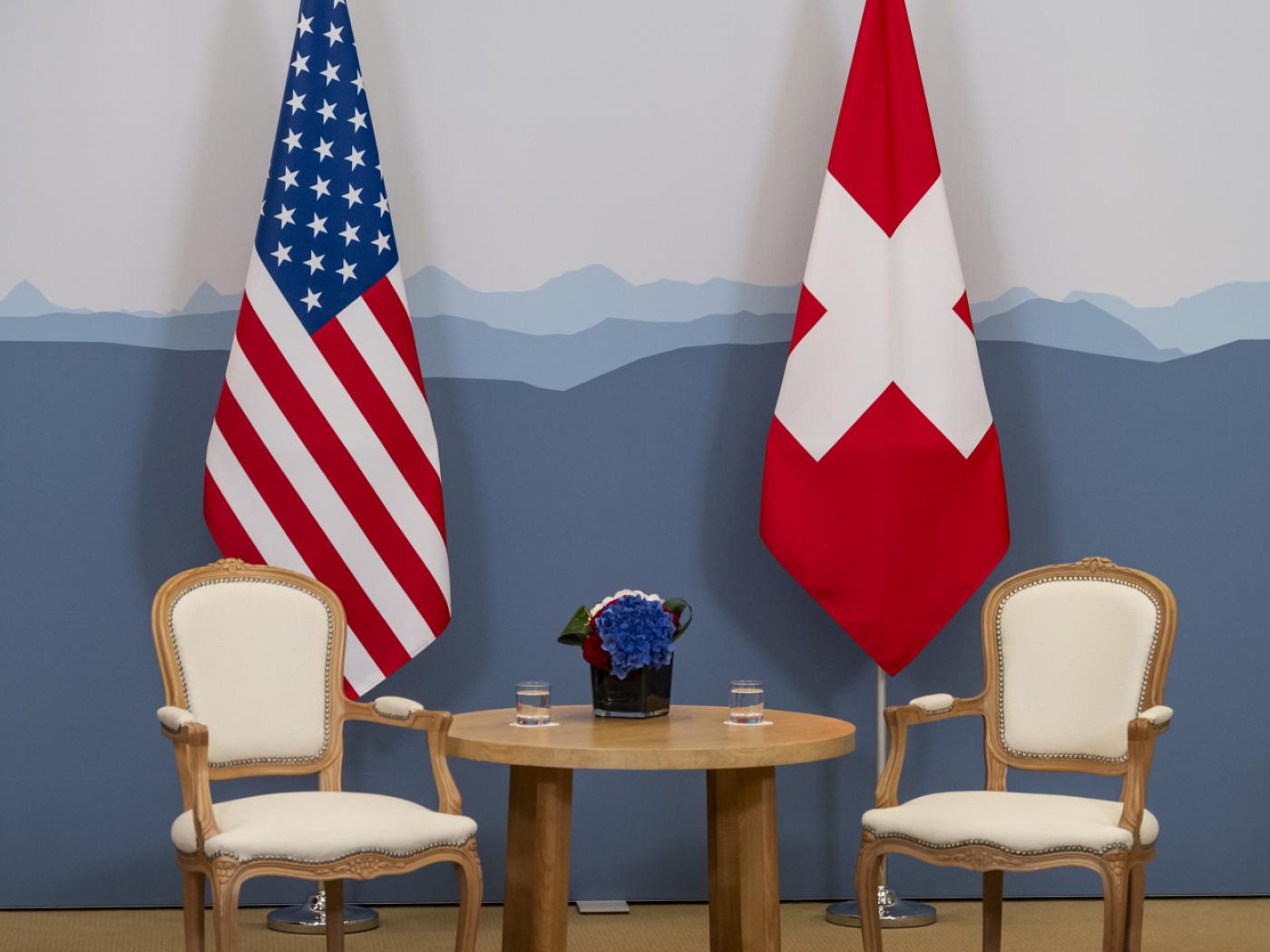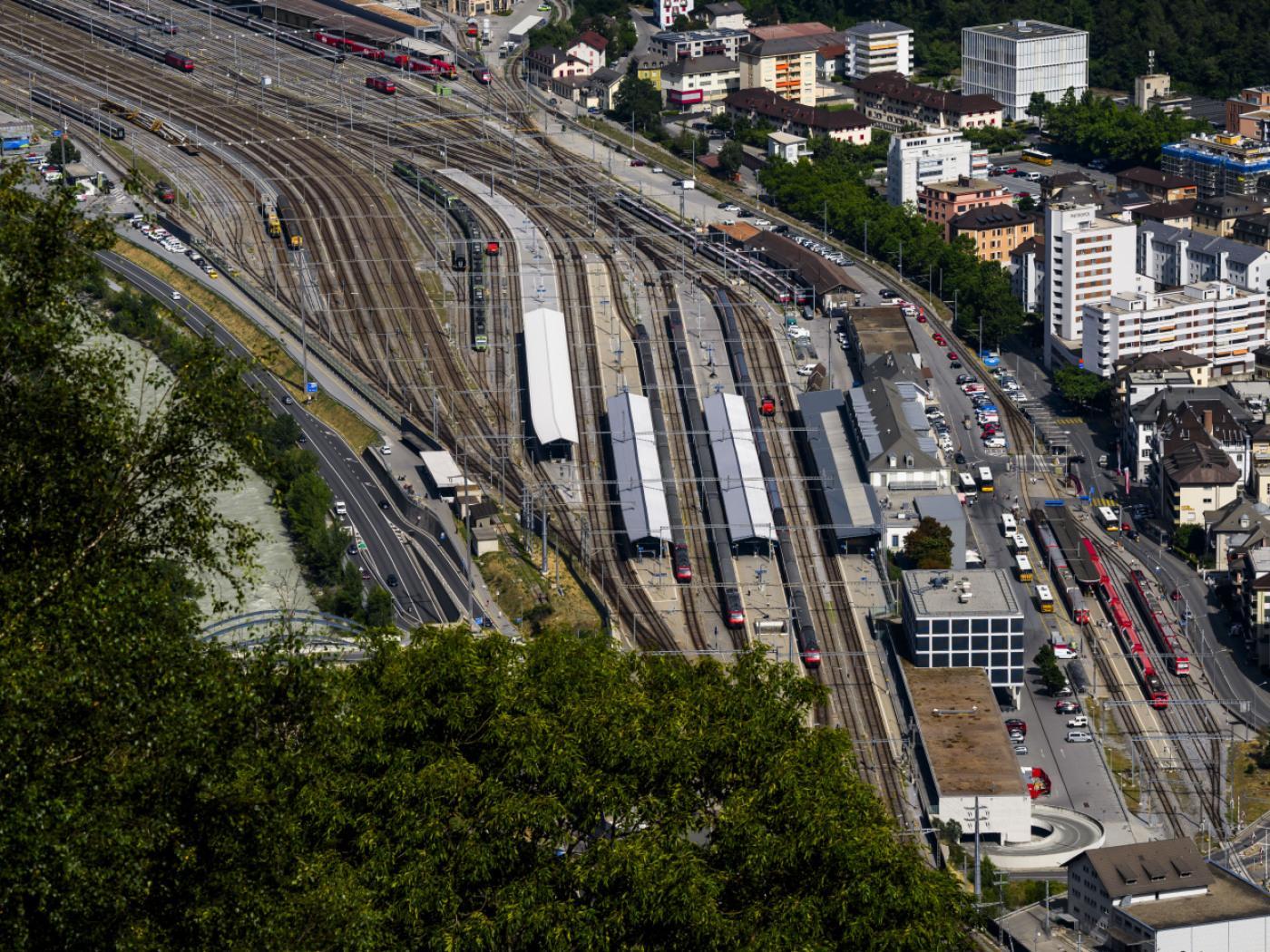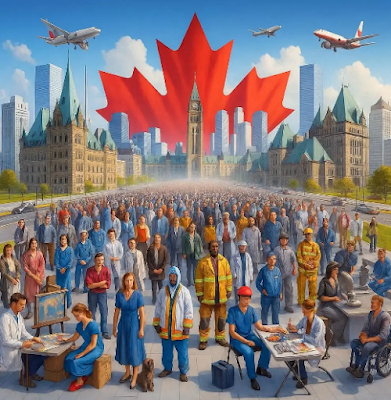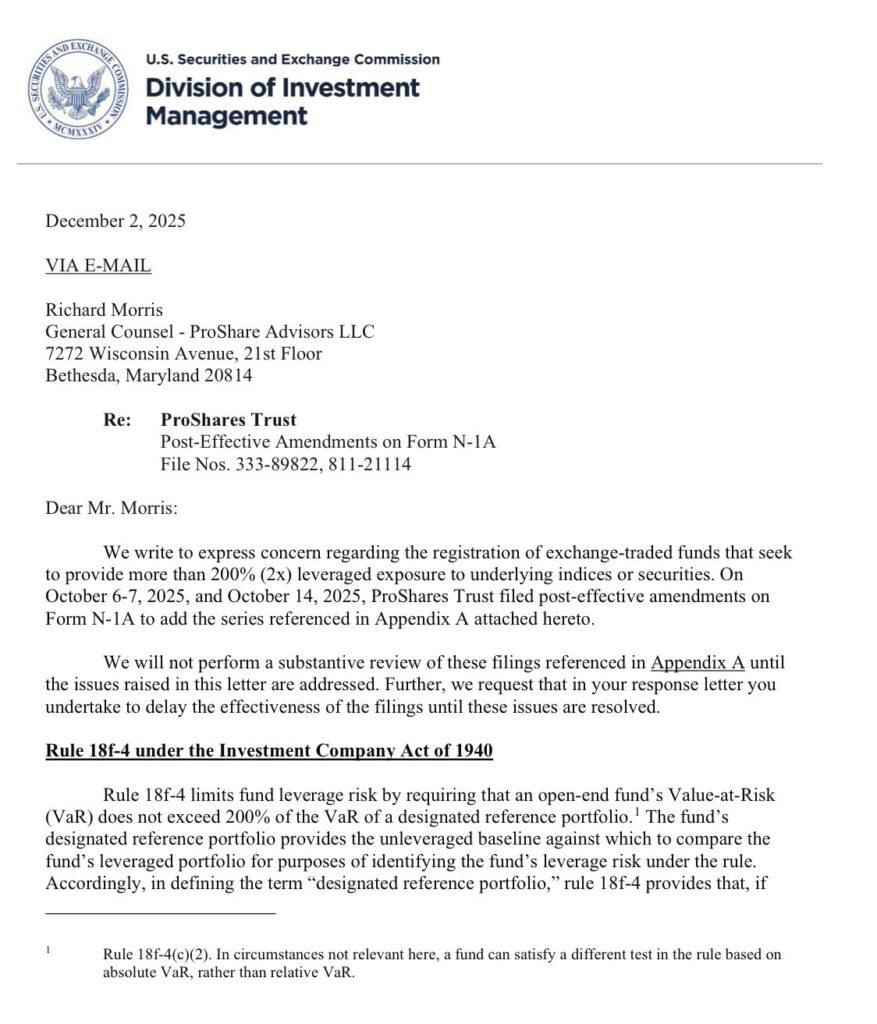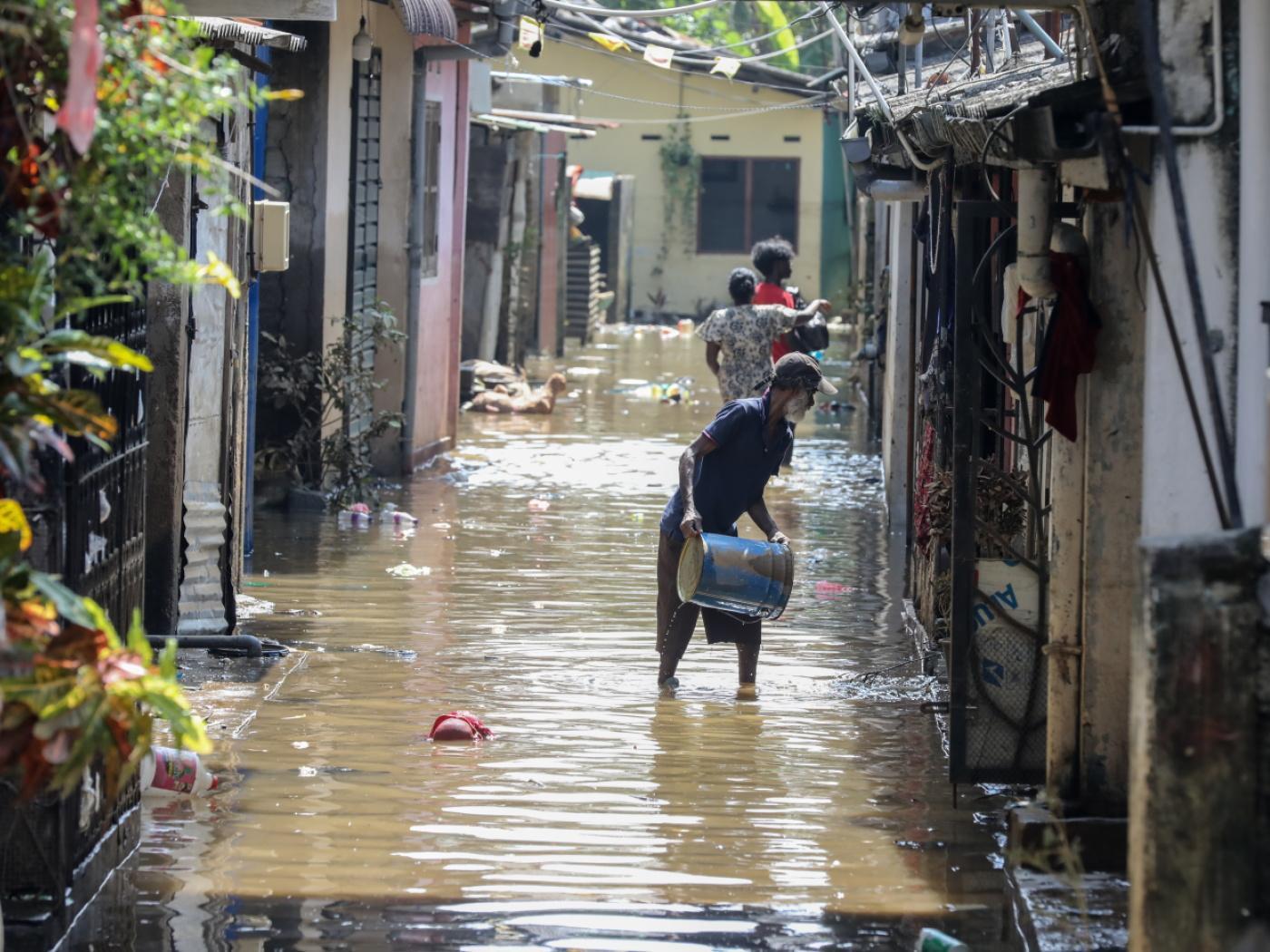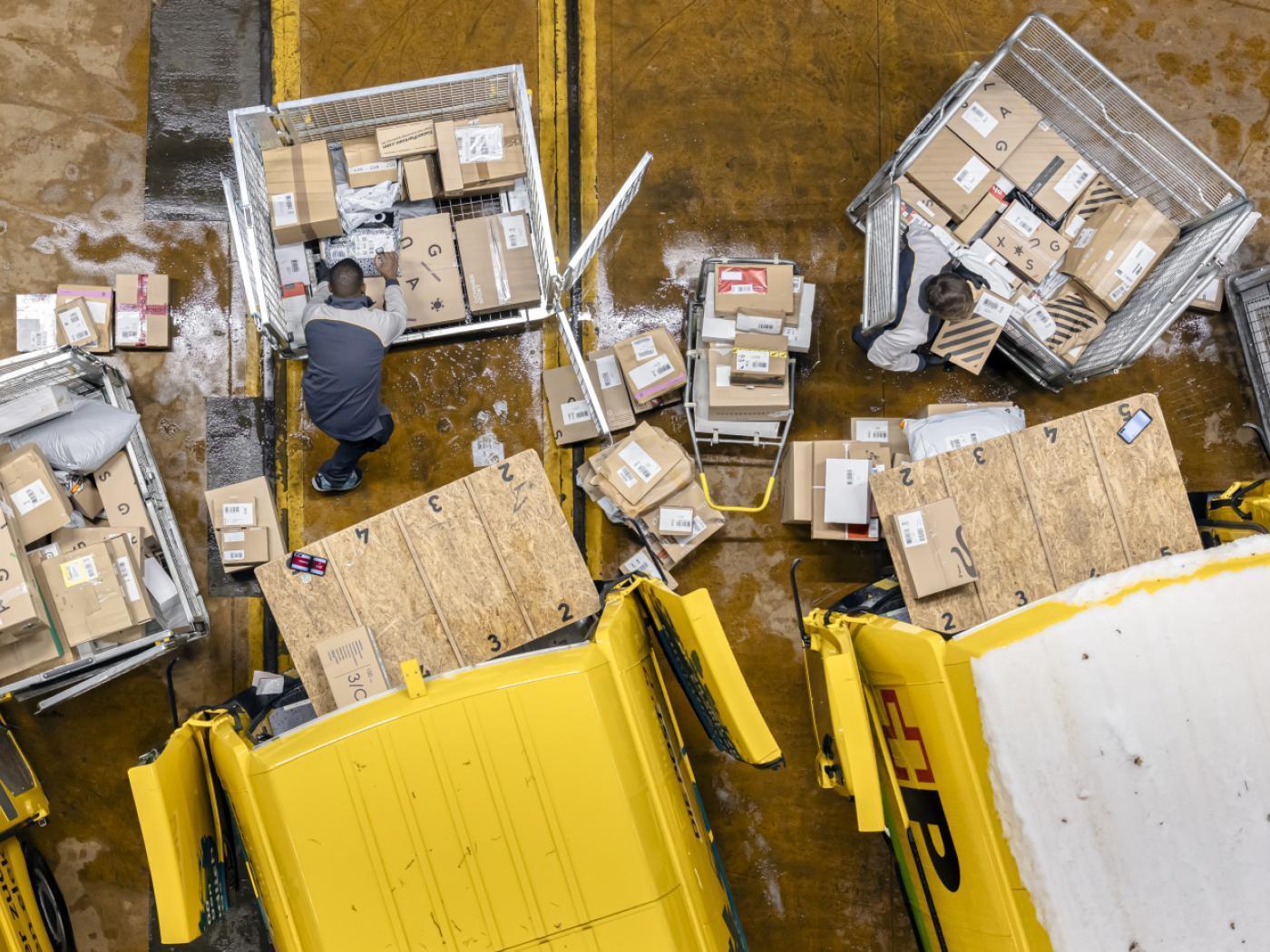I do not hear much talk about world population these days, the way I did growing up in the 1960s and ’70s. People were supposedly starving, dying, with tens of millions more sure to die. The problem back then was that there were just too many, well, people.
Population numbers coming out of China and India were unthinkable, and projections indicated many more people were going to be born into this dire situation. There were over twenty thousand people in my hometown and as far as everyone was concerned, that was enough already!
People were dying! We were told to eat our broccoli and clean our plate because there were starving children in China. Everyone knew that was a stretch of the imagination because we all knew that Chinese people only ate rice.
The book The Population Bomb was published in 1968 by Stanford University’s Paul and Anne Ehrlich. They wrote that hundreds of millions of people would soon die because of hunger in the next decade and there was nothing we could do about it. There were just too many people.
The first Earth Day was held in April 1970 in honor of the earth.
We were told we were ruining the earth. We were overpopulated. And we were going to die. Back then they told us that we were causing a new ice age.
Of course, all of the inflammatory predictions of the Ehrlichs’ bestselling book did not come to pass. Just like “peak oil” never came to pass. Just like all the current predictions are not panning out and must regularly be changed to keep people fixated on the issue.
The problem with the people who make such predictions is that they worship the earth and want to keep it for themselves and don’t want to share it with others. They really want to reduce or eliminate people. They do not care about people or science. Most concerned people have been fooled into these peoples’ agenda.
The current crop of depopulationists hide under the cloak of “climate change.” Such people as Bill Gates, Senator John Kerry, Greta Thunberg, and Klaus Schwab tell us to be terrified of “climate change.”
They want to substitute “sustainability” policies, or we will all face the manmade consequences that include rising sea levels, scorched lands, and all manner of apocalyptic conditions in which we will all surely die.
They want to sustain the earth for the earth’s sake.
A similar but very different policy is “conservationism.” This is a set of individual actions that has the aim of conserving the earth and the resources it contains for the MOST valuable uses of humans, present and future generations. Conservation is the normal condition that humans live in without respect to government policy. It is driven by how all of us value everything.
So, that might mean keeping a valley in pristine natural conditions just for the sake of its view or future use. Or it might mean turning the whole thing into a giant subdivision to house a multitude of families who want to live there. It’s the owner’s choice. When it’s the government’s choice, things always go awry.
California is a good case in point. That state imposes some of the most far-reaching and draconian land use policies in the world. As a result, only a tiny fraction of land is used for human habitation. It now has some of the worst housing conditions in the country, despite all its wealth and supposedly super smart legislature. Its working class is impoverished not by wages or jobs, but by housing costs and commute times.
Now, back to the environmentalists and the global climate-change community. They ask us to accept their demands and that we engage in sustainability by using alternative energy sources and by consuming alternative foods.
What is left unsaid is that these alternatives are poor substitutes for the real things. Alternative energy is both more expensive and less efficient in terms of using up the earth’s resources. Alternative foods are also more expensive and less efficient.
Cows pooping and farting in the fields produce a better taste and more nutrition than you will get from factory-made artificial chicken strips.
Using alternatives, or ersatz production of artificial things, means higher prices and less production of the two things that modern humans need to live: food and energy. Less food and fuel means fewer humans, plain and simple, and they don’t want to talk about that, especially in the less developed countries.
When the Ehrlichs published their book more than half a century ago, there were fewer than four billion people. Now there are more than eight billion people, and thanks to the adoption of free-market policies in India and China, more than two billion people have lifted themselves out of poverty! We did not do that! People today make good livings doing jobs like “social influencer” and “data analyst,” which were unthinkable back in the day, but in a world of eight billion people things like that are possible.
What might be possible in a world of one hundred billion people? Or what problems might be faced in the future with the depopulation-demographic problems in places like Japan and some European countries?
Also, a half century later, none of the alarmist climate predictions have materialized. The world has not frozen over. It has not been turned into a scorching desert. The seas have not risen in a great flood. Climate change has been a total bomb despite all the TV weathermen in the world’s best efforts to tell us otherwise.
This article was recorded on the Minor Issues podcast.
Full story here Are you the author? Previous post See more for Next postTags: Featured,newsletter


























